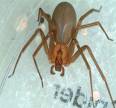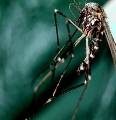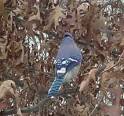






|
Diseases Transmitted by Arthropods |
|
The diseases listed here are not necessarily endemic to Kentucky, but may be of major health concern to humans and animals worldwide. Click any of the disease captions to learn more about the disease and how it is spread. |


















